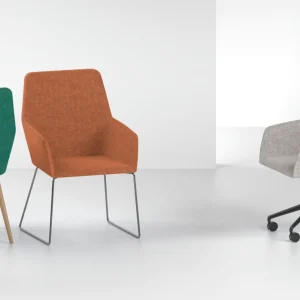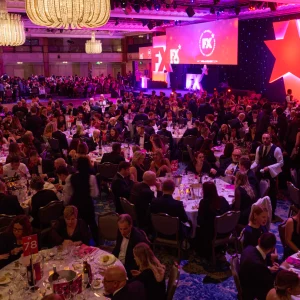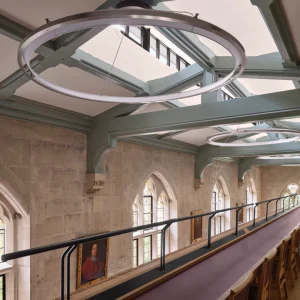Take a look at some of these design concepts: sturdy steel tool cabinets repurposed as storage area for fluffy towels and hip shelving for liquor bottles and other bar accoutrements; bulky metal desks and file cabinets used as dining tables; distressed foundry molds being transformed into use as mirror frames. The decor transformation is endless.
Gears, cogs, wheels, and nuts and bolts are now looked upon as objects of art, states a recent trend story by News & Observer.
Interior designer Shawn Henderson of New York says that mail-order catalogs are now selling new furniture and lighting fixtures that look like they once belonged in a factory or warehouse. This year the market showed even more pieces that seemed fresh off the assembly line.
Retailers Pottery Barn and Restoration Hardware are rolling out 20th century industrial hand carts as 21st century coffee tables. A dolly used to transport sacks of grain has become the Pottery Barn’s cart/table, which has massive steel-framed wheels and a riveted pine-plank top.
Restoration Hardware’s factory cart is actually from an early 1900s factory. A California artisan restored the massive white oak piece, which has cast-iron wheels that lock and unlock for height adjustment. Restoration Hardware has also come up with a brick pallet coffee table.
Designers see this industrial revolution as part of the reduce-reuse-recycle movement. The proliferation of lofts has further added to this rising trend in industrial furnishings. ‘The more battered, the better’, is the mantra of industrial furnishing because there’s an emotional connection to the scratches, dings and dents.
According to designers, industrial furnishings, although made mostly of metal, soften the look of modern-day, clean-line furnishings and add a sense of history, which every home needs to feel comfortable.
According to Steve Rogers too much industrial may lead to the feeling of living in an abandoned factory. At Prize Antiques, in the West Bottoms industrial area of Kansas City, Missouri, refined French armoires and English chests join stainless steel cabinets and rusted machine cogs under glass bell jars, providing a mix of trends to customers.
The industrial trend differs from the shabby chic movement of the 1990s; it can be mixed with modern, traditional, glamorous and rustic furnishings.





